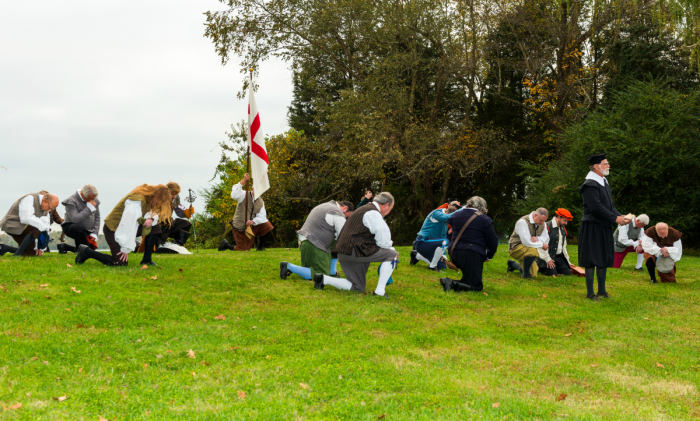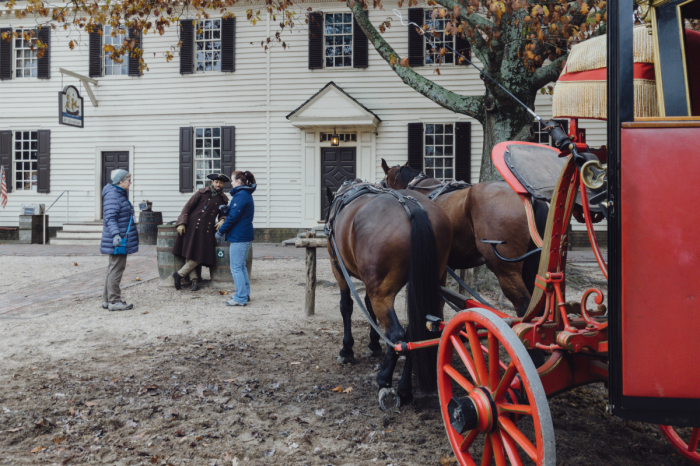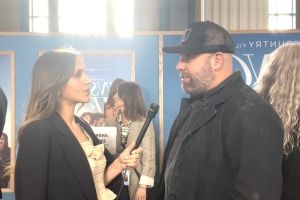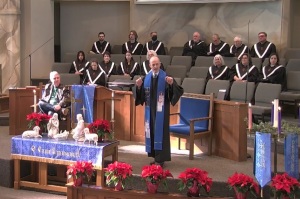America’s real first Thanksgiving

No, Thanksgiving wasn’t first celebrated by the Pilgrims in Massachusetts.
While the Pilgrim story is clearly an important part in America’s story, their role in what became the annual holiday of Thanksgiving has become a myth. In the parlance of social media, call it #fakenews.
The real first Thanksgiving, called a “day of thanksgiving to almighty God,” was held 400 years ago on Dec. 4, 1619, in Virginia. That was when a group of 38 Englishmen aboard the ship Margaret arrived at what became Berkeley Plantation, about 30 miles up the James River from Jamestown and the first English-speaking settlement in the New World, and near present-day Williamsburg. They had just crossed the Atlantic to work over 8,000 acres of Virginia land under the auspices of a commercial enterprise.
Historians say the occasion — a full two years before the Pilgrims had their own thanksgiving — wasn’t a feast. Instead, it would have been marked with fasting and prayers from the Church of England’s 1604 Book of Common Prayer. Variations of that liturgy are still used every Sunday in Episcopal and Anglican churches.
What to see and do
Beyond Berkeley Plantation, where a festival reviving the 1619 thanksgiving is held every November, the big draw is Colonial Williamsburg in Williamsburg’s historic downtown.
Part colonial theme park and part open-air history museum, it is one of the best places anywhere in the country to learn the earliest chapters of U.S. history.

Besides Williamsburg and Jamestown this part of Virginia is also home to Yorktown, where American independence was secured with the defeat of the British in 1781.
The region has so much history that seeing everything, including Jamestown Settlement and the American Revolution Museum at Yorktown, in just two days is difficult. The best value is the Historic Triangle ticket, as it includes unlimited admission to everything for seven consecutive days.
Williamsburg would be a charming destination even without Colonial Williamsburg, thanks in part to the College of William & Mary. Chartered in 1693 by and named after King William III and Queen Mary II, it gives the surrounding city an atmosphere reminiscent of a quaint New England college town. Be sure to visit the great hall and chapel in the landmark Sir Christopher Wren Building, the country’s oldest extant academic building and a rare example of late 17th-century colonial architecture. Admission is free.
Between campus and Colonial Williamsburg along Duke of Gloucester Street are the mostly non-chain stores and restaurants at Merchants Square. There is even a tasting room for the local Williamsburg Winery.
Where to stay and eat
The best choices are either Williamsburg Lodge, part of Marriott’s Autograph Collection, or the landmark Williamsburg Inn, where Queen Elizabeth II stayed during the Jamestown quadricentennial in 2007. Another option is an authentically reproduced colonial home.
Continue the full colonial experience over a candlelit dinner at King’s Arms Tavern with authentic pewter tableware and a menu with fayre inspired by the cuisine of the era. Contemporary dining options include The Trellis or Cochon on 2nd.
How to get there
I flew into Norfolk International Airport, which has lower airfares and more frequent service than Williamsburg’s airport. All the major rental car agencies have branches here. The drive to and from Norfolk takes about an hour each way.
Spires and Crosses is a weekly travel column. Follow @dennislennox on Twitter and Instagram.




























